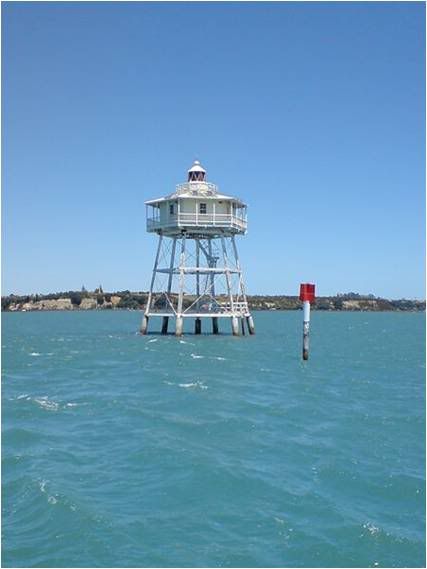
Bean Rock Lighthouse is the only surviving wave washed wooden cottage type lighthouse in New Zealand (the other Ponui Passage no longer stands) and is the oldest wooden lighthouse. Bean Rock stands on a group of rocks opposite North Head at the entrance to Waitemata harbour, Auckland.
The Waitemata harbour was surveyed in 1840 by Lt. P. Fisher aboard the HMS Herald with assistance from P. C. D. Bean the master of the vessel, after which Bean Rock is named. The local maori named the rock "Te Toka a Kapetawa" and the legend is that a chief named Tara marooned his brother-in-law there. 16
During the 1840's a day maker was erected on the rock, but by the 1867 gold rush a more substantial light was needed. 16
With the formation of the Marine Board of New Zealand in 1865 (renamed The Marine Department in 1866) who took of operations of all lighthouses, James Balfour was appointed the Marine Engineer and Inspector of Steamers on October 11, 1866. 10
Balfour recommended a principal harbour light be erected on Bean Rock and a screw pile light be erected on a sand spit in Ponui Passage. But before the lighthouses could be built Balfour was drowned in a boating accident in Timaru Harbour in December, 1869. So the lighthouse was designed by engineer James Stewart 16 who incorporated Balfour’s design. c
Stewart who arrived in New Zealand from Scotland in 1859, was appointed by the Marine Department to be Inspector of Steamers and Examiner of Engineers at Auckland in 1867. He also designed Ponui Passage and oversaw Manakau South Heads lighthouses. c
Construction begun on the Bean Rock lighthouse in 1870. The work was completed in 8 months by Auckland builder William Cameron. The design was an open framework with a cottage on top. First iron foundations 10 inches in diameter were driven deep into the rock then wooden kauri poles in a hexagonal pattern were erected around a central column. 16 However this work could only be undertaken at low tide. 10 Lastly, thirty feet above the water the hexagonal cottage was built. The cottage featured a wrap around verandah and the roof was corrugated iron. A fifth order lens manufactured by Chance Bros 10 , of London was installed which flashed white, red and green to indicate the safe channels. 16
On 24 July, 1871 16, after a cost of £3000 b , the lighthouse with its kerosene light of 330 10 , 350 b candlepower was lit by Hugh Brown the first keeper. Mr. Brown, a former crew member of a harbour pilot boat was to stay at the lighthouse for nineteen years until his retirement in 1890 due to ill health. 16
The keeper lived in three rooms in the cottage structure. A living area including kitchen, a bedroom and the ‘long drop’ toilet to the sea below. The keepers families lived in Davenport and transportation to the light was by a small rowing boat. 16
The light was originally a fixed light and the keepers could look through a 5cm (2’’) square window in the wall next to their bed and see the reflection of the light. 16
In 1876 the provincial governments of New Zealand were abolished, and the Auckland Provincial Government handed the operation of the lighthouse over to the Marine Department. 16
During 1898-99 major repairs were made to the lighthouse. 16
In 1903 the New Zealand Marine Department began trialing incandescent acetylene burners, developed only three years before. 18 In 1912 it installed its first automatic acetylene light at Bean Rock and the lighthouse became the first watched light to lose it's resident keeper. At the same time it was changed to a flashing light to stand out from the lights of the city. The light revolved by the pressure it generated as it burned; an automatic sun valve turned the gas flow on and off. 18
About the same time ownership was transferred to the Auckland Harbour Board. 16
A more powerful light was installed in 1924 and an undersea electric cable was laid from the Orakei wharf in 1936. 10
Plans in the 1970's to replace the lighthouse with a concrete structure was meet with local opposition but by the 1980's the Auckland Harbour Board and Historic Places Trust were seriously worried about the lighthouse as it needed extensive repairs. In 1985 the cottage structure was removed by crane from the pilings and moved ashore for renovation. At the same time the rotted kauri piles were replaced with Australian hardwood jarrah and sunk in a new concrete foundation. 16
During the renovation, they found 20 coasts of paint on one section of the lighthouse, showing how well the keepers had done their job. The lighthouse was also repainted white, it's original colour after being painted yellow since 1956. Five months later the cottage was craned back onto the new pilings and bolted down. 16
In the mid 1990's solar panels were installed to provide the power for the lighthouse a
There is also an automatic fog horn.
Photo & Copyright New Zealand Lighthouses



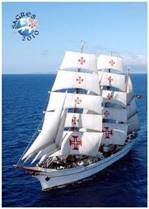





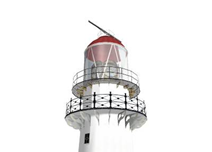













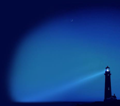


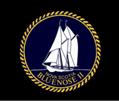


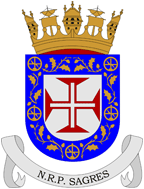

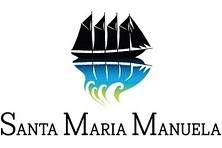
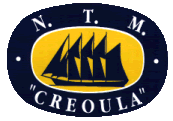

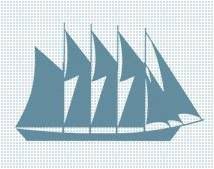







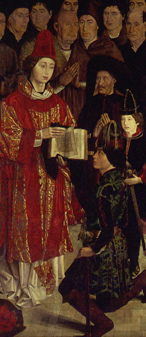



.png)




























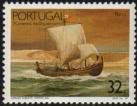
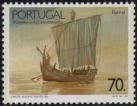
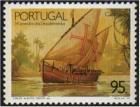
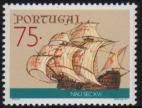









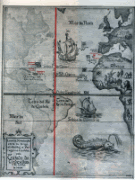



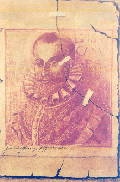

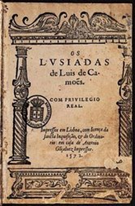
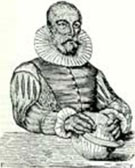
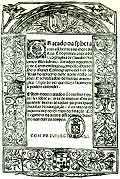
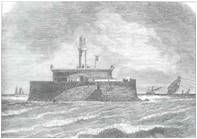











































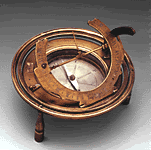
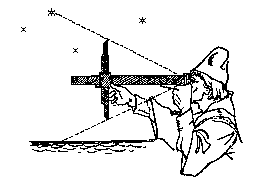







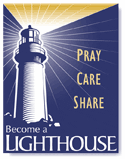
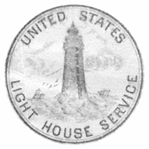

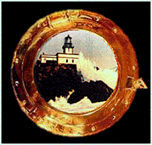


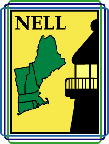


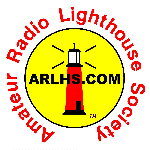


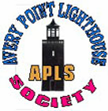




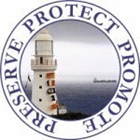
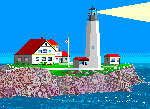




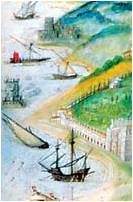
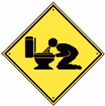
Sem comentários:
Enviar um comentário